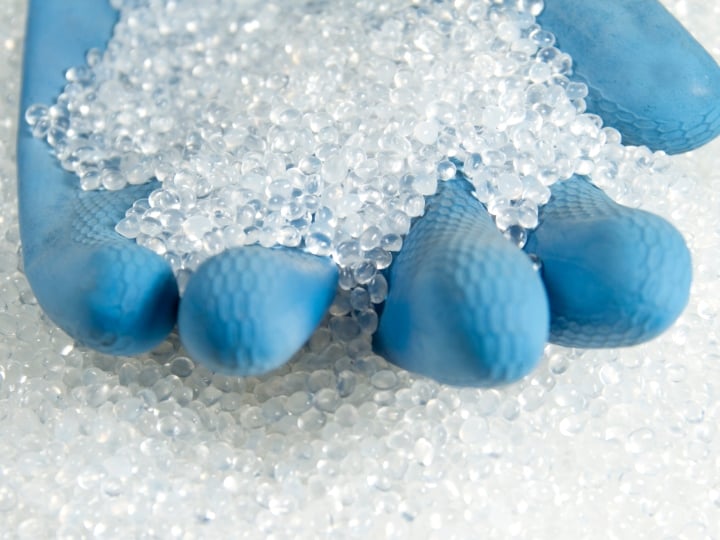High Speed Puncture Multiaxial Impact ASTM D3763, ASTM D7192, ISO 6603, ISO 7765
Scope:
The High Speed Impact test is used to determine toughness, load-deflection curves and total energy absorption of impact events. Since speed can be varied, it can simulate actual impact values at high-speeds. This sophisticated impact test provides full force and energy curves during the millisecond of the impact, using a "Tup" which incorporates an impact head and a load cell. The data is often used to specify appropriate materials for applications involving impact. The test is also used to evaluate the effect of secondary finishing operations or other environmental factors on plastic impact properties.
Since many materials (especially thermoplastics) exhibit lower impact strength at reduced temperatures, it is sometimes appropriate to test materials at temperatures that simulate the intended end use environment.
Test Procedure:
The specimen is clamped onto the testing platform. The crosshead, with the attached Tup, is raised to the appropriate height and is released so it impacts at a specified speed. A load-deflection curve is produced.
Reduced Temperature Test Procedure:
The specimens are conditioned at the specified temperature in a freezer until they reach equilibrium, generally a minimum of 6 hours. Before testing, the thermal chamber at the base of the impact equipment is brought to temperature. A set of specimens are moved from the freezer to the chamber and one specimen is clamped onto the testing platform. Once the chamber returns to equilibrium the crosshead is released to impact the specimen.
Equipment Capabilities:
The instrumented impact tester includes a thermal chamber that allows testing of specimens at elevated and reduced temperatures without the need to transfer the specimens from an oven or freezer just prior to testing. This provides better control and consistency of test results at non ambient temperatures. The 9250 HV also provides a greater range of impact velocities – from 2.2 meters/second (5 miles per hour) to 6.6 meters per second (15 mph) and up to 20 meters per second (45 mph).
Specimen size:
Any size or shape that will fit into the impact tester. Generally 4" x 4" plaques or 4" diameter disks, although actual parts may also be tested.
Data:
A load-deflection curve is produced. Numerous data values related to toughness and total energy are calculated including maximum force, energy at maximum force and total energy to break.
Equipment Used:
Instron Dynatup 9250HV High Speed Impact Tester.
**Please note that this test description is intentionally generic in nature and aimed at providing a descriptive summary to enhance test understanding. Standards can be obtained from appropriate standards authorities.


